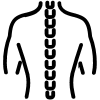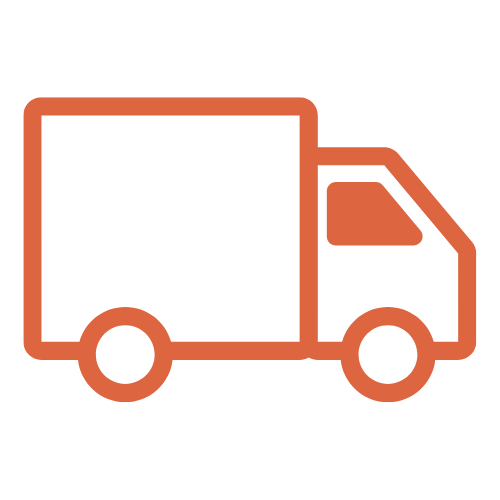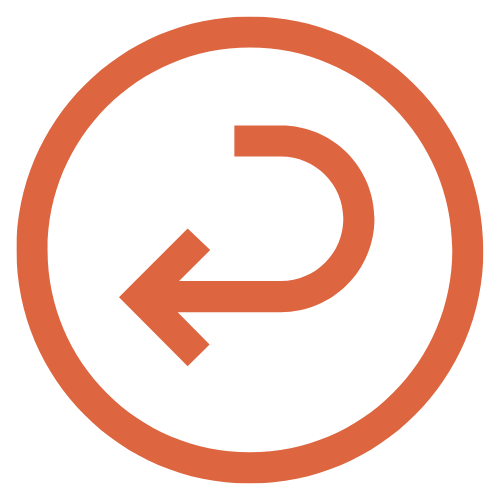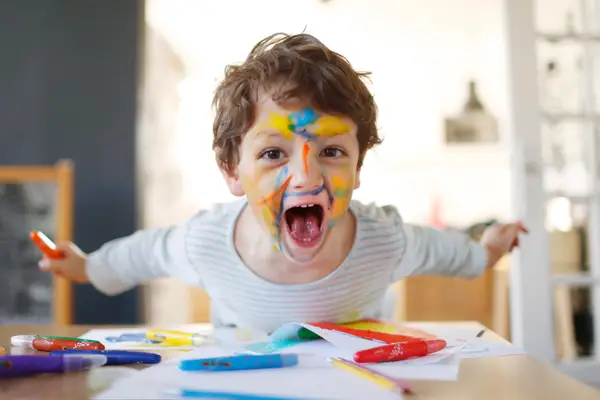Does your child have trouble concentrating or seem constantly on the move? Recognizing the signs of ADHD in children may seem complex, but it's an important step in better understanding their needs.
In this article, we present 20 signs of ADHD in children to help you identify attention deficit hyperactivity disorder in your child.
What is ADHD?
Attention Deficit Hyperactivity Disorder (ADHD) is a neurodevelopmental disorder that affects concentration, impulse control, and sometimes hyperactivity. It manifests differently in each individual and can have a significant impact on their daily lives.
The different types of ADHD
There are three main types of ADHD:
-
ADHD with predominantly inattentiveness: Affected individuals primarily have difficulty concentrating, staying organized, and completing tasks.
-
Predominant hyperactivity and impulsivity: This type of ADHD is characterized by constant restlessness, frequent interruptions, and decisions made without thinking.
-
Combined form: This form combines the symptoms of the first two types, with inattention, hyperactivity and impulsiveness.
ADHD in adults and children
The manifestations of ADHD often differ between children and adults.
In children, this disorder manifests as difficulty concentrating in class, marked impulsiveness and an almost constant need to be on the move, which can lead to problems at school or in social interactions.
In adults, however, symptoms often take different forms, including time management problems, frequent forgetfulness, high impulsiveness in personal or professional relationships, and a feeling of frustration that can sometimes build up and cause stress.
These differences highlight the importance of a diagnosis adapted to each stage of life.
How is ADHD diagnosed?
Diagnostic process
Identifying ADHD requires a thorough assessment conducted by a specialized healthcare professional, such as a psychiatrist, psychologist, or pediatrician. This assessment process combines several essential steps to ensure an accurate diagnosis.
First, standardized questionnaires are typically used to examine the presence and intensity of key symptoms, such as inattention, hyperactivity, and impulsivity.
Then, an observation of behaviors in different contexts at home, at school or at work allows us to assess the functional impact of ADHD on daily life.
Finally, collecting medical, family and school history plays a crucial role in identifying hereditary factors or other elements that may influence the development of symptoms.
This approach ensures tailored and individualized care for each person concerned.
Role of health professionals
Healthcare professionals provide tailored advice, taking into account the specific needs of each individual.
This may include the implementation of personalized educational strategies, adjustments in school or work settings, or even therapeutic recommendations, such as behavioral or medical therapy.
They work collaboratively with families, teachers, and other stakeholders to create a supportive environment where the person with ADHD can thrive.
20 Signs of ADHD in Children to Know
1. Lack of attention
A child with ADHD may have difficulty concentrating on a task or activity, even a short one. This can affect their academic performance and daily interactions.
2. Frequent distractions
Distractions, whether external, such as a noise, or internal, such as a thought, often arise, making it difficult to focus on what is important.
3. Regular forgetfulness
Children with ADHD tend to regularly forget everyday items, such as schoolwork or personal belongings.
4. Difficulty following instructions
Understanding and carrying out instructions, especially if there are several at once, can be very difficult for them.
5. Changing activities without finishing the previous ones
These children tend to abandon one task in progress to start another, often without completing the first.
6. Lack of organization
Their lack of organization can result in a cluttered desk, poorly managed homework, or difficulty meeting deadlines.
7. Impulsivity
Impulsivity can manifest itself through spontaneous words or actions, without thinking about the consequences.
8. Difficulty waiting your turn
Whether in the playground or in the classroom, waiting for their turn can be a real source of frustration for children with ADHD.
9. Constant agitation
Children with ADHD are constantly moving, whether tapping their feet, rocking on a chair, or playing with objects.
10. Difficulty playing calmly
Quiet and calm play can be a challenge, as they prefer fast-paced or noisy activities.
11. Excessive talkativeness
Another sign of ADHD in children is talking a lot, even in situations that require silence, such as in class.
12. Taking risks without thinking
These children are more inclined to take risks, sometimes dangerous ones, without really evaluating the consequences.
13. Intense emotional reactions
They may react disproportionately to minor events, showing great emotional intensity.
14. Difficulty managing frustration
When things don't go as planned, they may have difficulty remaining calm and patient.
15. Quick boredom
They quickly become bored with repetitive or monotonous tasks, always looking for a new source of stimulation.
16. Sleep disorders
It is common for children with ADHD to have trouble falling or staying asleep, which can affect their mood and energy.
17. Hypersensitivity to noise and lights
Another sign to watch for is increased sensitivity to the environment, with marked reactions to loud noises or light.
18. Difficulty keeping friends
Their impulsiveness and difficulty managing their emotions can make social relationships complicated.
19. Avoidance of difficult tasks
When a task seems demanding or requires prolonged effort, the child may try to avoid it or procrastinate.
20. Low self-esteem
By trying to meet expectations but encountering frequent failures, the child may develop a negative self-image.
FAQ: Signs of ADHD in Children
What age should ADHD be diagnosed?
ADHD can be diagnosed as early as age 6, when behaviors become sufficiently observable, particularly in school or social settings.
How do I know if my child is HPI or ADHD?
A child with HPI (High Intellectual Potential) may share some traits with ADHD, such as inattention or restlessness, but a neuropsychological assessment by a specialist can help differentiate the two.
How do you know if your child has a disorder?
If you notice persistent behaviors such as those listed above, it is advisable to consult a professional for a detailed opinion.
What are the 3 types of ADHD?
The three types of ADHD are: predominantly inattentive, predominantly hyperactive and impulsive, and the combined form.
How does a child with ADHD behave?
Children with ADHD may seem constantly on the move, have difficulty concentrating on activities, or react impulsively in various situations.
Does ADHD get worse with age?
No, but symptoms can change and manifest differently as a person ages.
What are the signs of a child with ADHD?
Signs include attention deficits, noticeable impulsivity, hyperactivity, and social or academic difficulties.












